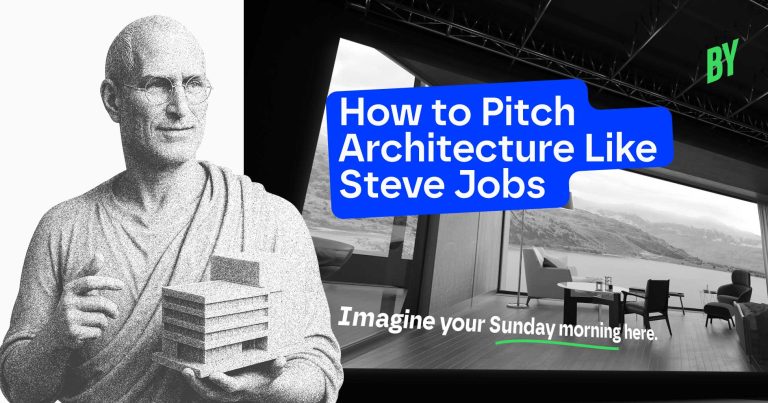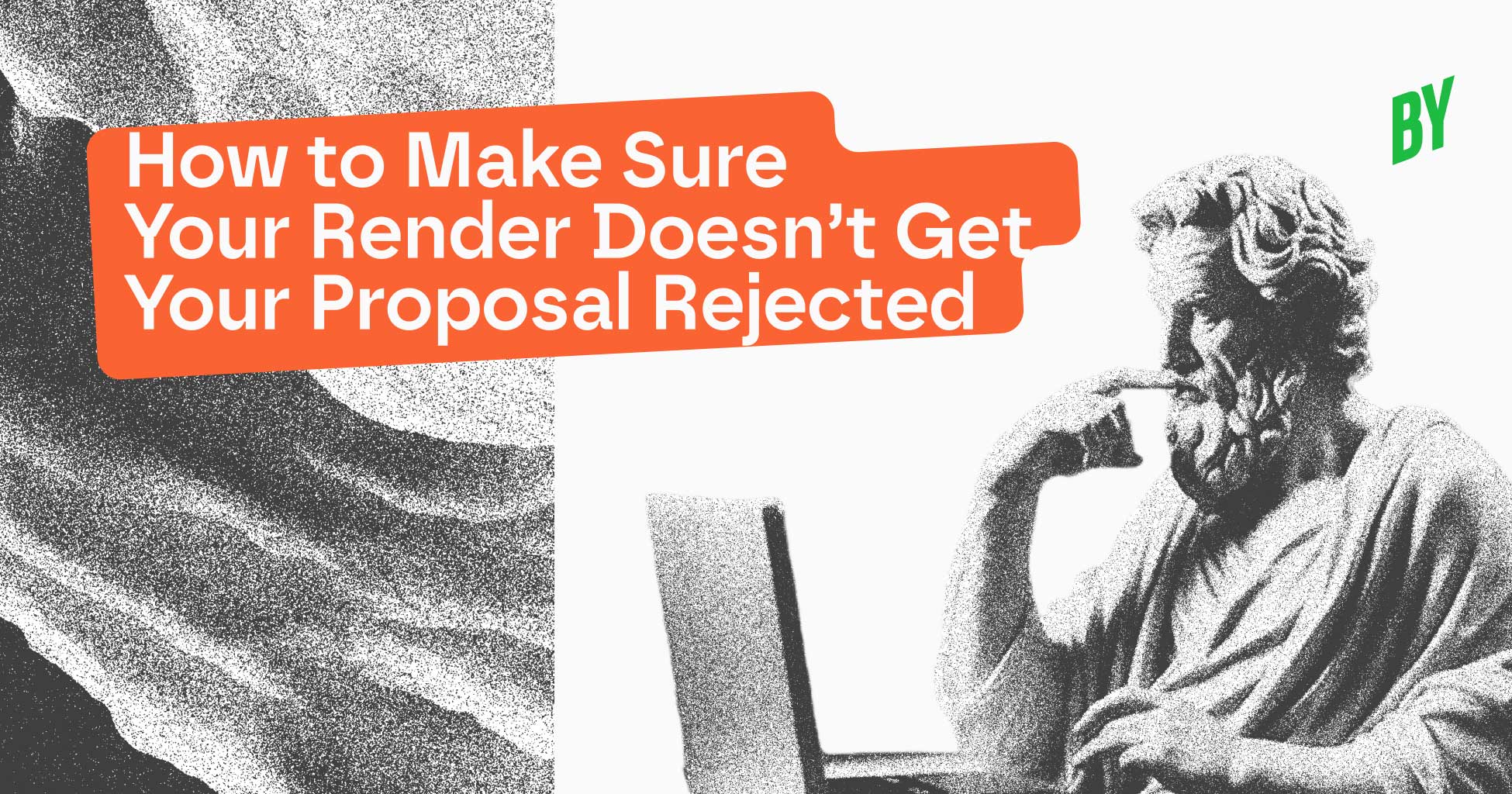
Estefania was very kind and professional to work with. A little difficult for the different local times to work with different artists but they put great effort to sort the problems out but it could end up with some delays. All the renders were very good in the end. thanks again
Pasquale Pinto
Redfish Design



